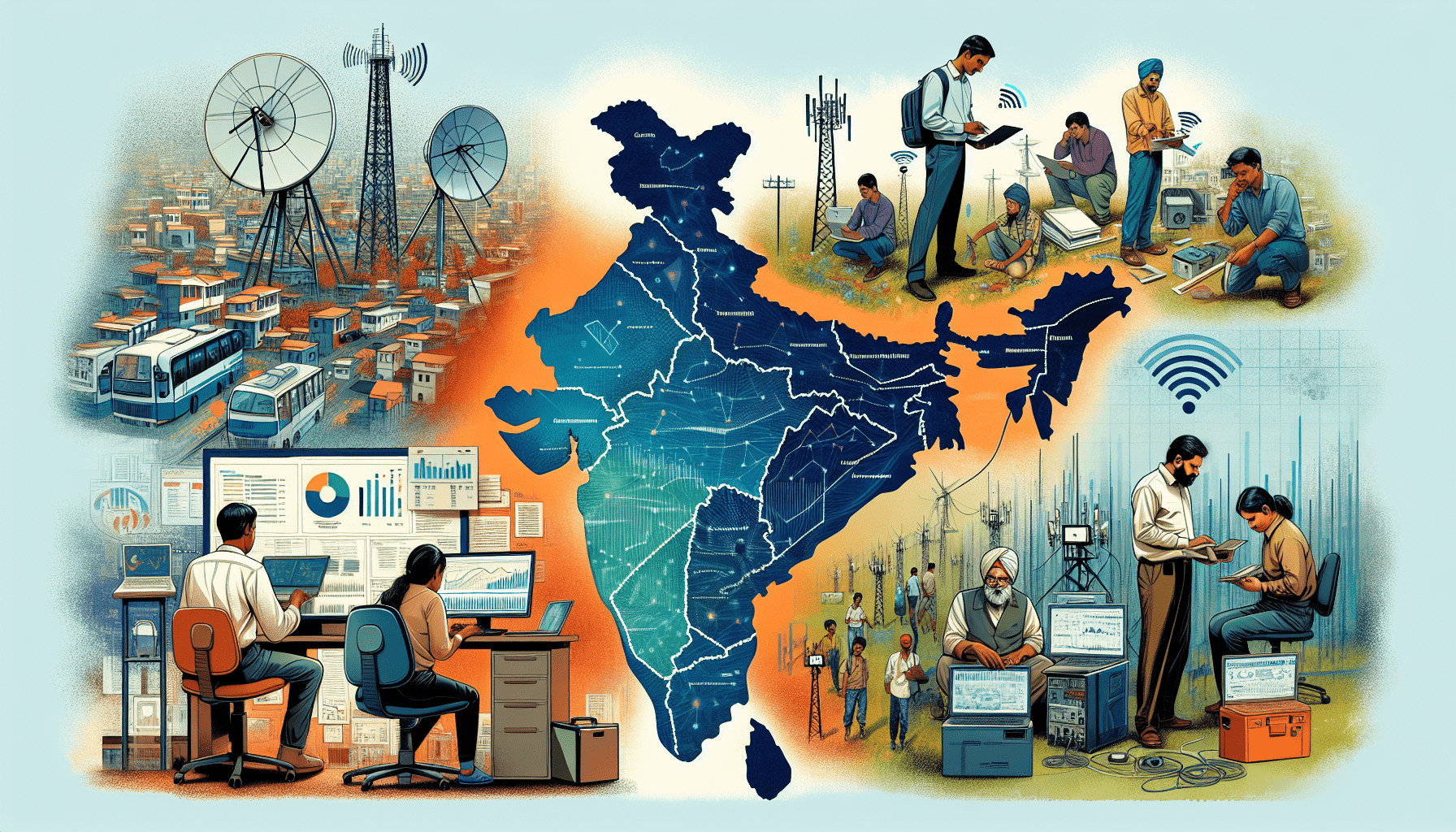In exploring the state of Wireless Surveys in India, it’s crucial to recognise the vast landscape of the telecom industry, which stands as the second largest globally, boasting a subscriber base of 1.079 billion as of December 2023. This remarkable figure is supported by an overall tele-density of 85.23%, with a notable split between rural (58.56%) and urban (133.76%) markets. As we delve deeper, the internet subscriber count reaches 881.25 million, with rural areas contributing 40.62% to this tally. Such statistics underscore the widespread reach and potential for growth in India’s wireless sector.
- Telecom Industry Growth Drivers:
- Affordable tariffs
- Wider availability
- Mobile Number Portability (MNP)
- Expanding 3G and 4G coverage
- Evolving consumption patterns
- Government initiatives
- Conducive regulatory environment
The government’s proactive stance, demonstrated by the successful auction of IMT/5G spectrum grossing $18.77 billion by July 2022, paves the way for 5G services deployment. This move, coupled with the allowance of 100% Foreign Direct Investment (FDI) in the telecom sector, signifies a robust framework for advancement. Furthermore, the sector’s contribution to employment, with 2.2 million direct and 1.8 million indirect jobs, alongside substantial FDI inflows, highlights its economic significance.
- Data Centre Expansion & Digital Infrastructure:
- Scheduled development of 45 new data centres by end of 2025
- Data center market forecasted to achieve revenues of approximately US$7.44 billion in 2023
- Government’s data center policy to attract investments
The trajectory of India’s wireless infrastructure is on an upward curve, driven by a thriving digital economy, widespread internet access, and the transition to 5G networks. The government’s vision of Digital India, aiming to provide high-speed broadband as basic infrastructure, further amplifies the potential for transformative growth in the wireless sector.
